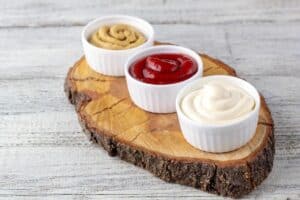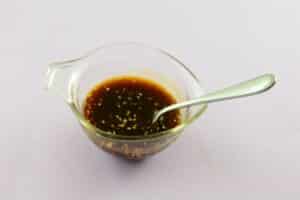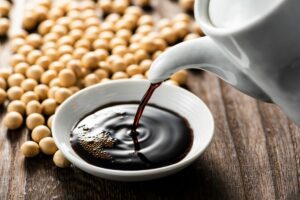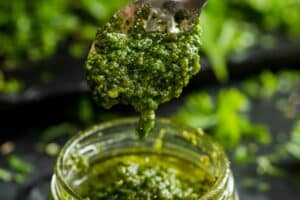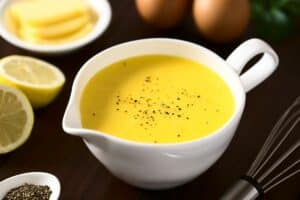Just like many of us, you probably found yourself in the middle of making dinner when you realized that the recipe called for tomato sauce, and all you had on hand was tomato paste. At that moment, you probably found yourself wondering if you would have to put dinner on pause and run to the grocery store or if you could use the tomato paste in your pantry as a substitute.
You don’t have to wonder any longer. Read ahead to learn about the difference between tomato paste vs sauce and get the answers to some commonly asked questions about both pantry staples, like whether one can serve as a substitute for another.
Difference Between Tomato Paste and Tomato Sauce
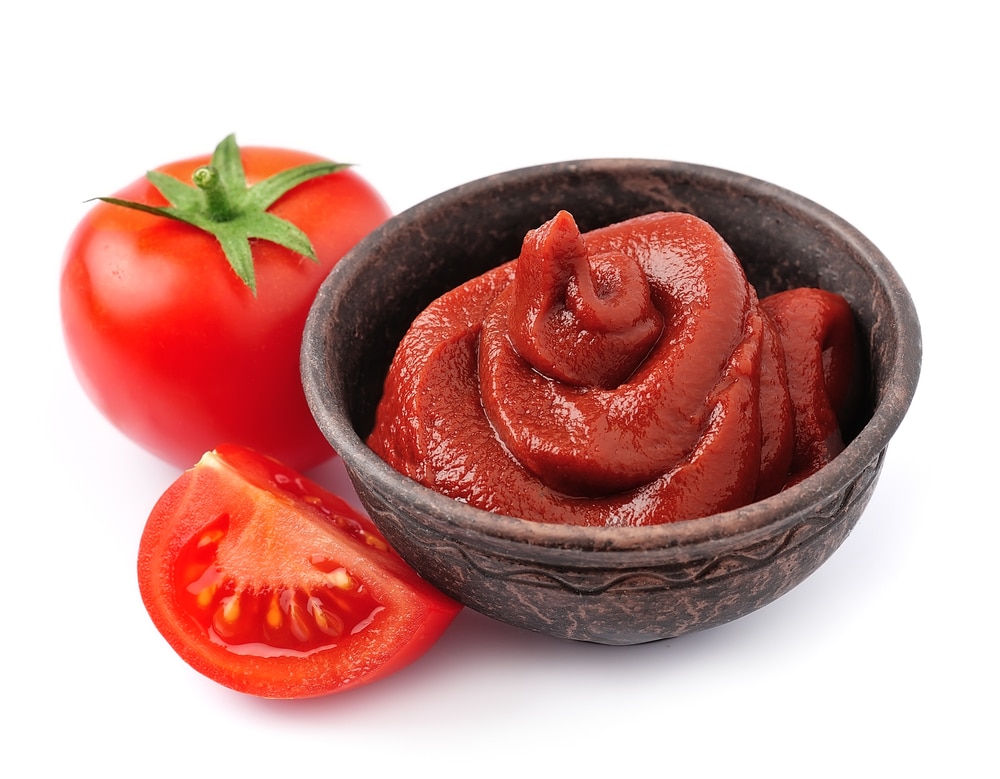
Tomato paste is highly concentrated tomatoes and is made by cooking a batch of tomatoes multiple times to remove the seeds and skin and eliminate any liquid. As a result, paste has a thick and creamy texture and resembles a spread.
On the other hand, tomato sauce much more closely resembles soup with its thick but liquidy texture. To make tomato sauce vs paste, tomatoes are cooked for a much shorter amount of time, just enough to break down the tomato and thicken the juice a bit.
Another difference between tomato paste vs sauce is in the ingredients. Since recipes call for tomato paste to add pure tomato flavor to dishes, it usually contains only a handful of other ingredients besides tomatoes, including salt and olive oil.
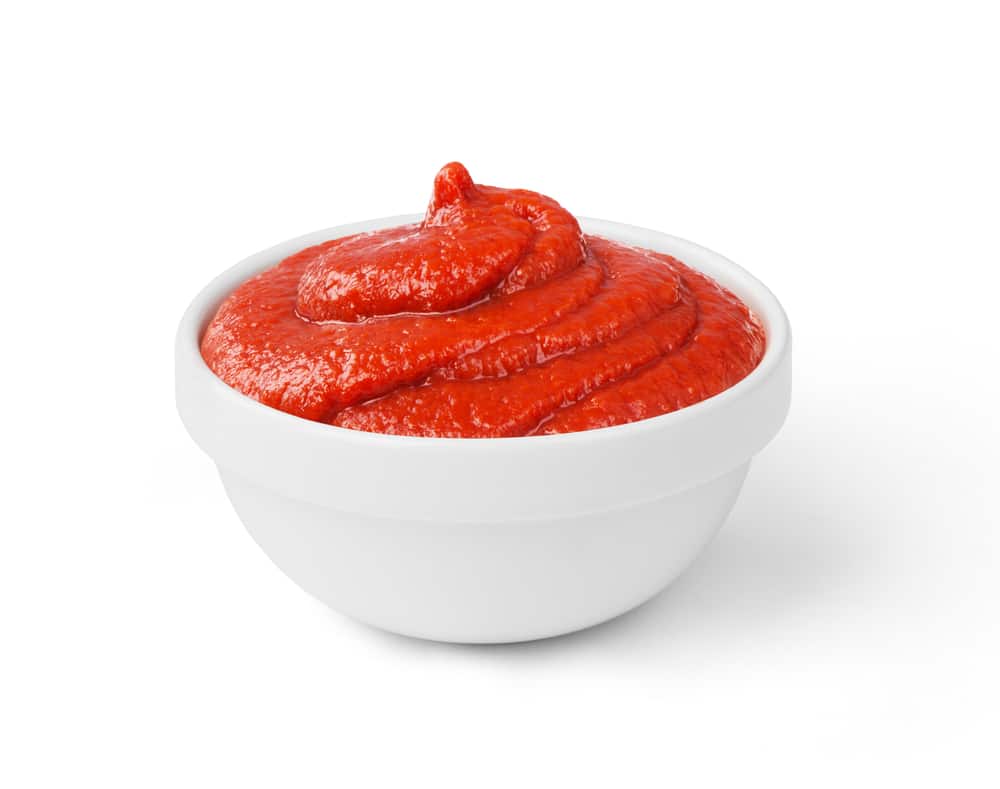
Most tomato sauce recipes call for many more spices and other ingredients, like garlic, peppers, and mushrooms. The ingredients you use in your sauce besides tomatoes mostly depend on your preference.
Due to these differences, you will use tomato paste and tomato sauce differently in the kitchen. Tomato paste adds flavor to dishes, while tomato sauce is part of the main dish. Because of how concentrated it is, recipes call for tomato paste in much smaller quantities than tomato sauce.
Frequently Asked Questions
When it comes to differentiating between tomato sauce vs paste, the burning question for most people is whether one can be used as a substitute for another. Below we answer that and some other common questions about tomato sauce and paste.
It is easier to substitute tomato paste for tomato sauce than vice versa. So next time you realize you are out of tomato sauce, you are in luck if you have some paste on hand.
Since it is so concentrated, you have to dilute tomato paste to turn it into a sauce. You can do this by adding one part tomato paste to one part water. You can adjust these quantities depending on how strong and thick you want your sauce. After you have your sauce base, you can add spices and other ingredients to make a more flavorful sauce.
If you plan to turn tomato paste into a sauce, you should aim to use roughly half the quantity of sauce needed. For example, if you need to make a cup of tomato sauce, you will need to have about half a cup of paste on hand.
Remember, you will need to dilute the paste with about an equal amount of water to turn it into a sauce. So half a cup of paste combined with around half a cup of water or a little more will yield a cup of sauce.
Keep these proportions in your mind as a guide but remember you can adjust them as needed to meet your taste and texture preferences.
Neither tomato sauce nor tomato paste is inherently unhealthy. However, since tomato paste uses fewer ingredients and is more concentrated than tomato sauce, it is typically more nutrient-dense.
Tomato paste and tomato sauce are rich in vitamins and minerals, including potassium, vitamins A, C, and B-6, iron, and magnesium. There are about twice as many vitamins and minerals in a serving size of paste as compared to the same quantity of sauce.
Both tomato paste and tomato sauce contain some sodium and calories. A serving of tomato paste tends to have more than plain tomato sauce. However, depending on how you make your sauce, it can ultimately end up with more sodium and calories.
It is possible to over-flavor a dish with too much tomato paste. However, there are a couple of easy fixes that, in many cases, can help.
If you have added too much tomato paste to a dish, add more water to dilute it until the flavor is where you would like it to be. If adding more water is not possible, take half of the liquid in the dish out and dilute what is left with more water. If the flavor is still too acidic, you can cut it with some butter or cream.
Tomato paste is probably the most simple substitute for tomato sauce. However, if you find yourself without either, search your pantry for any sorts of canned tomato products, such as diced tomatoes, tomato puree, or tomato juice.
You can turn all of these products into a tomato sauce on the stovetop with some spices and additional ingredients.
Final Thoughts
Now that you know the key differences between tomato paste vs sauce, you should feel more confident incorporating both into your cooking. Tomato paste is usually used for flavoring, while a sauce is a key part of some dishes. But as you just learned, the products are versatile.
The key ingredient in both products is tomatoes. Tomato paste just has a much higher concentration of tomatoes than sauce. Tomato sauce tends to be less pure than paste because it is typically made with other ingredients and spices.
Hopefully, next time you need tomato sauce and find yourself with only tomato paste on hand, you will know exactly what to do.


